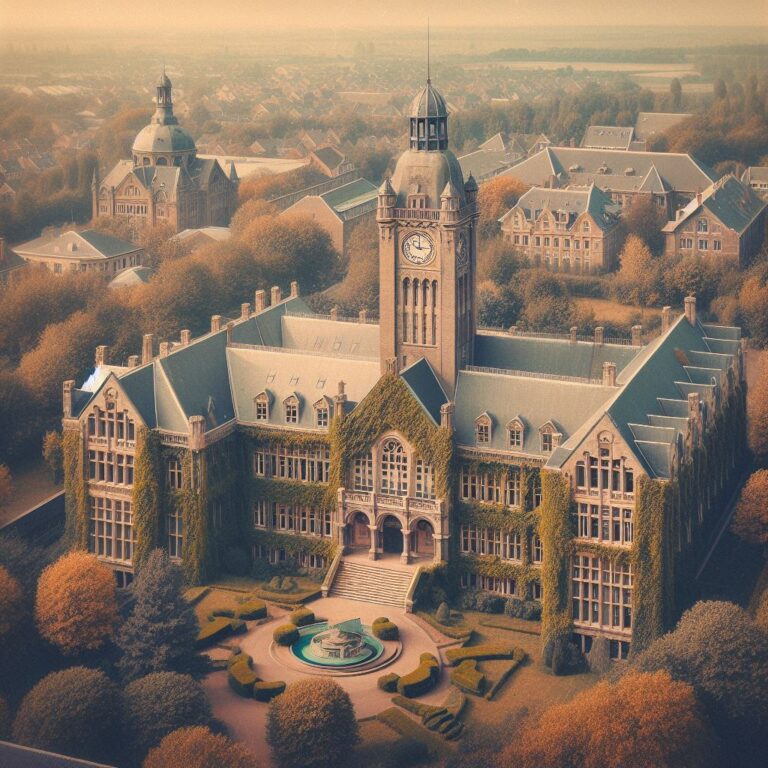A Grander Journey: Delving Deeper into the History of Schools
Imagine history as a vast library, each aisle stacked with stories of human endeavor. Among these shelves, the history of schools stands out, a chronicle not just of dates and names, but of the very evolution of human thought and progress. It’s a journey that stretches across continents and millennia, weaving together threads of tradition, innovation, and the continuous struggle to educate and empower young minds.
Ancient Echoes: From Temples to Academies
Our story begins not in classrooms, but in the echoing halls of ancient civilizations. In Mesopotamia, scribes meticulously etched cuneiform tablets, preserving knowledge for future generations. In Egypt, priests trained young minds in the arts of writing, mathematics, and astronomy, their wisdom echoing within temple walls. Similarly, India’s vibrant gurukuls, residential schools led by revered teachers, fostered holistic learning that transcended mere bookish knowledge. These early forms of education, though limited in reach, laid the foundation for the formal schools that would emerge later.
From Papyrus to Printing Press: The Flowering of Formal Education
Fast forward to the vibrant intellectual hub of ancient Greece. The Athenian Academy, founded by the legendary philosopher Plato, became the first pillar of the history of schools, attracting scholars from across the known world. Its curriculum, emphasizing logic, rhetoric, and philosophy, aimed to mold well-rounded citizens capable of critical thought and civic engagement. Similarly, in China, the Han Dynasty saw the rise of imperial schools, fostering Confucian ideals and preparing students for the intricate workings of the imperial bureaucracy. These early schools, though often catering to the elite, laid the groundwork for the spread of literacy and critical thinking, seeds that would eventually blossom in fertile soil.
Medieval Metamorphosis: From Monasteries to Guilds
As the Roman Empire crumbled and Europe entered the Middle Ages, the landscape of education shifted dramatically. Monasteries, bastions of faith and scholarship, became repositories of knowledge, preserving ancient texts and nurturing the intellectual flame. Scriptoriums hummed with the rhythmic scratching of quills, copying and illuminating precious manuscripts. Guilds, associations of skilled artisans, offered apprenticeships in various trades, passing down practical knowledge from generation to generation. Yet, access to education remained limited, primarily reserved for the clergy and nobility, creating a stark contrast to the burgeoning intellectual curiosity of the time.
Renaissance Revolution: A Spark Ignites
The Renaissance, a period of cultural and intellectual rebirth, ushered in a new era for education. The invention of the printing press, a technological marvel of its time, democratized knowledge by making books more affordable and accessible. Humanist scholars like Erasmus and Thomas More championed the study of classical texts and critical thinking, challenging established dogmas and paving the way for a new era of intellectual exploration. Universities like Oxford and Cambridge flourished, attracting students from across Europe, fostering a spirit of inquiry and debate. While the focus remained largely on the privileged few, the Renaissance laid the groundwork for a future where education wouldn’t be the sole domain of the elite.
The Dawn of Modern Education: From Public Schools to Standardized Tests
The 17th and 18th centuries witnessed a surge in educational reform movements. Thinkers like John Locke and Jean-Jacques Rousseau advocated for education that nurtured individual development, critical thinking, and preparation for active citizenship. In America, the revolutionary spirit led to the establishment of public schools, aiming to educate an informed and engaged citizenry, challenging the traditional model of education reserved for the privileged few. Meanwhile, the Industrial Revolution brought further changes. Schools adapted to the demands of the new economy, offering vocational training alongside traditional academic subjects. Standardized testing emerged, aiming to measure learning outcomes and ensure quality across diverse institutions. Yet, concerns about social inequalities and limited access to quality education persisted, highlighting the ongoing challenges in democratizing knowledge.
20th Century Transformations: A Tapestry of Progress and Challenges
The 20th century saw a whirlwind of educational advancements and struggles. The progressive movement emphasized child-centered learning, prioritizing individual needs and fostering a joyful and engaging learning environment. Movements like feminism and civil rights demanded equal access to education for all, challenging discriminatory practices that had long excluded marginalized groups. Technology began to play a transformative role, with the introduction of computers and audio-visual aids changing how students learned and interacted with information. However, challenges remained. Educational disparities persisted, with students from disadvantaged backgrounds facing unequal opportunities. The debate on the role of technology in education intensified, with concerns about screen time, digital divides, and the ethical use of data in learning environments.
The Digital Age and Beyond: Navigating the Uncharted
Today, we stand at the precipice of a new era. The digital age has revolutionized access to information, offering a plethora of learning resources at our fingertips. Artificial intelligence is poised to further reshape education, with adaptive learning systems and AI-powered tutors offering tailored support and feedback.
